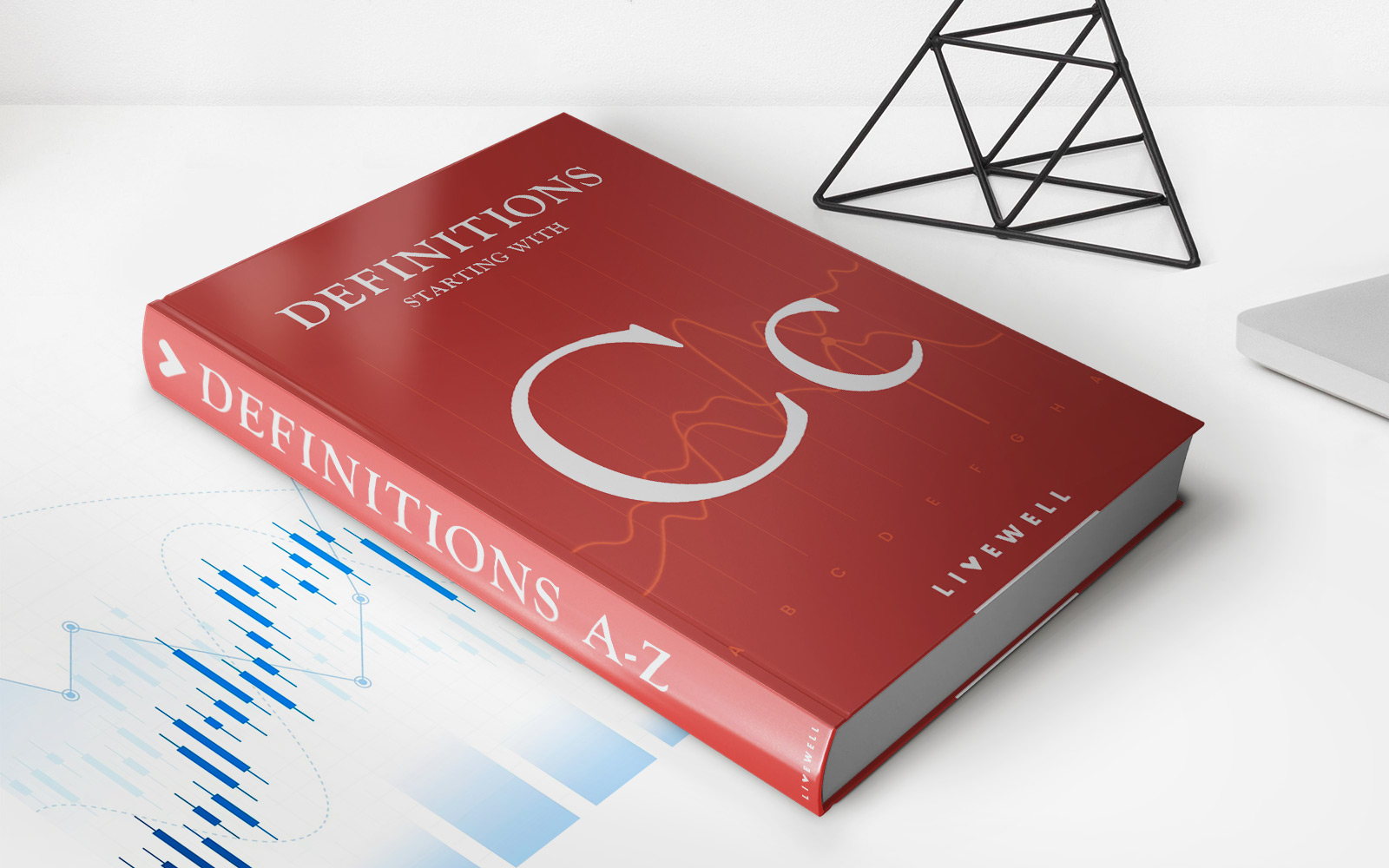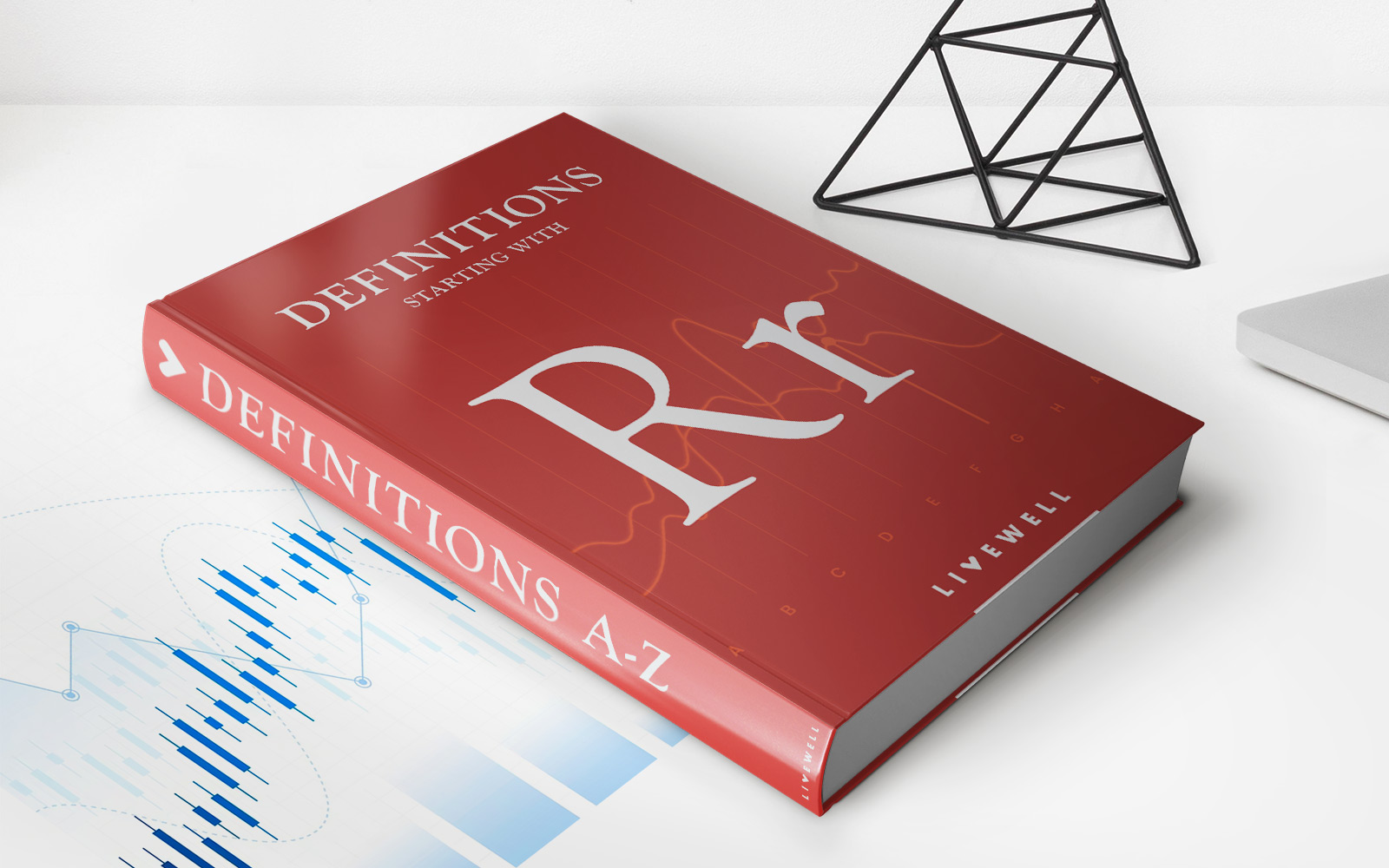Home>Finance>Cash-and-Carry Arbitrage Definition And Example


Finance
Cash-and-Carry Arbitrage Definition And Example
Published: October 24, 2023
Learn about cash-and-carry arbitrage in finance through definition and examples. Understand the concept and its application in financial markets.
(Many of the links in this article redirect to a specific reviewed product. Your purchase of these products through affiliate links helps to generate commission for LiveWell, at no extra cost. Learn more)
Cash-and-Carry Arbitrage: Unlocking the Secrets of Profitable Finance Strategies
Welcome to the world of finance, where opportunities abound for those who know where to look. One such strategy that has gained popularity among investors is cash-and-carry arbitrage. In this blog post, we’ll delve into the definition of cash-and-carry arbitrage, provide an example to illustrate how it works, and explore its potential benefits for savvy investors.
Key Takeaways:
- Cash-and-carry arbitrage is a financial strategy that involves profiting from the price difference between an asset and its futures contract.
- This strategy requires buying the asset in the cash market, selling a futures contract for the same asset, and profiting from the convergence of prices over time.
So, what exactly is cash-and-carry arbitrage? Put simply, it is a financial strategy that takes advantage of market inefficiencies. Specifically, it involves exploiting the price difference between an asset and its corresponding futures contract. By simultaneously buying the asset in the cash market and selling its futures contract, investors can potentially profit from the convergence of prices over time.
Imagine this scenario: You notice that the price of a certain commodity, let’s say gold, is trading lower in the cash market compared to its corresponding futures contract. This price discrepancy creates an opportunity for cash-and-carry arbitrage. Here’s how it works:
- You buy the physical gold at the current lower cash market price.
- Simultaneously, you sell a futures contract for the same amount of gold.
- Over time, as the futures contract approaches its expiration date, the prices of the cash market and the futures contract start to converge.
- When the prices converge, you can sell the physical gold at the higher futures contract price, thus locking in a profit.
By participating in cash-and-carry arbitrage, investors can profit from price discrepancies while minimizing risk. This strategy can be particularly beneficial for those who have a keen eye for market trends and a deep understanding of the relationship between cash and futures prices.
Now, let’s explore some key takeaways from cash-and-carry arbitrage:
- Profit opportunity: Cash-and-carry arbitrage can provide investors with a profitable opportunity to capitalize on price differences between the cash market and futures contracts.
- Market efficiency: This strategy functions on the assumption that markets are not 100% efficient, enabling investors to exploit pricing discrepancies.
In conclusion, cash-and-carry arbitrage is a financial strategy that can unlock lucrative opportunities for investors with an eye for market inefficiencies. By understanding the concept and applying it wisely, investors can potentially generate profits from the price discrepancies between cash markets and futures contracts. So, why not explore this strategy further and tap into the potential of cash-and-carry arbitrage?














